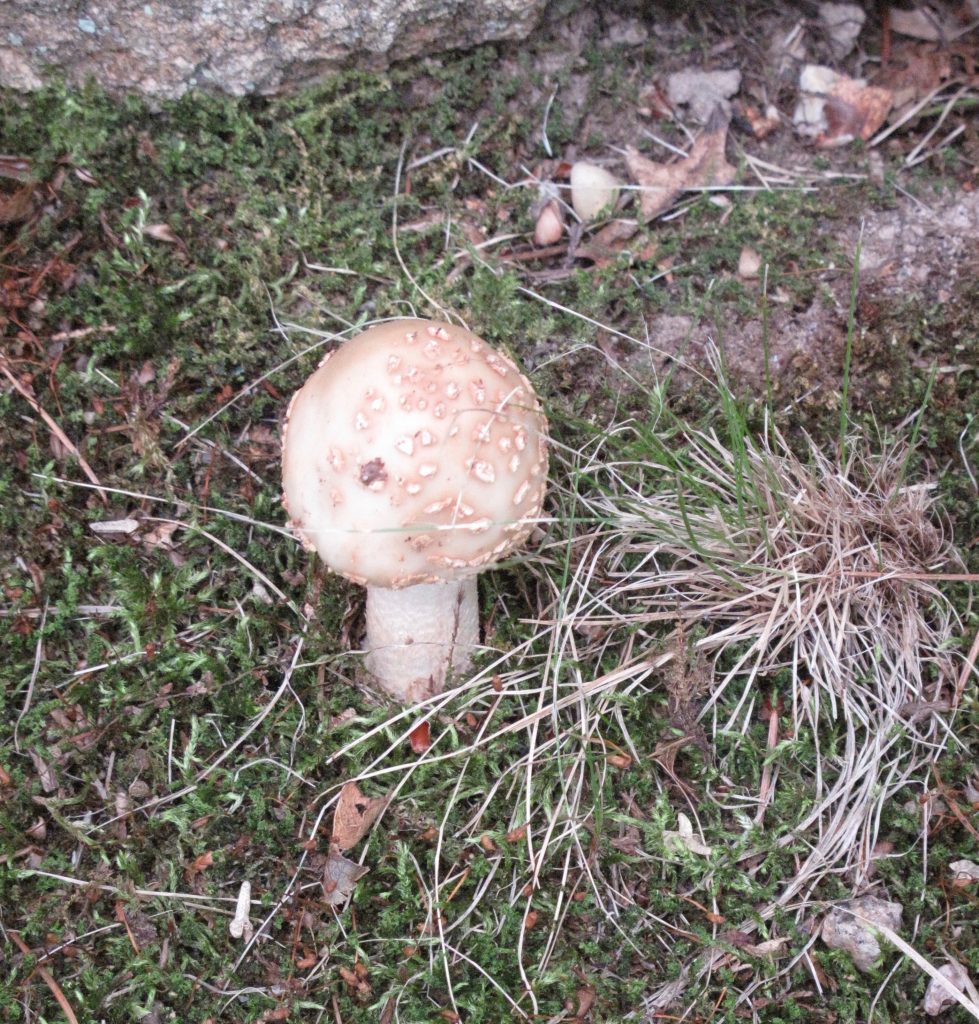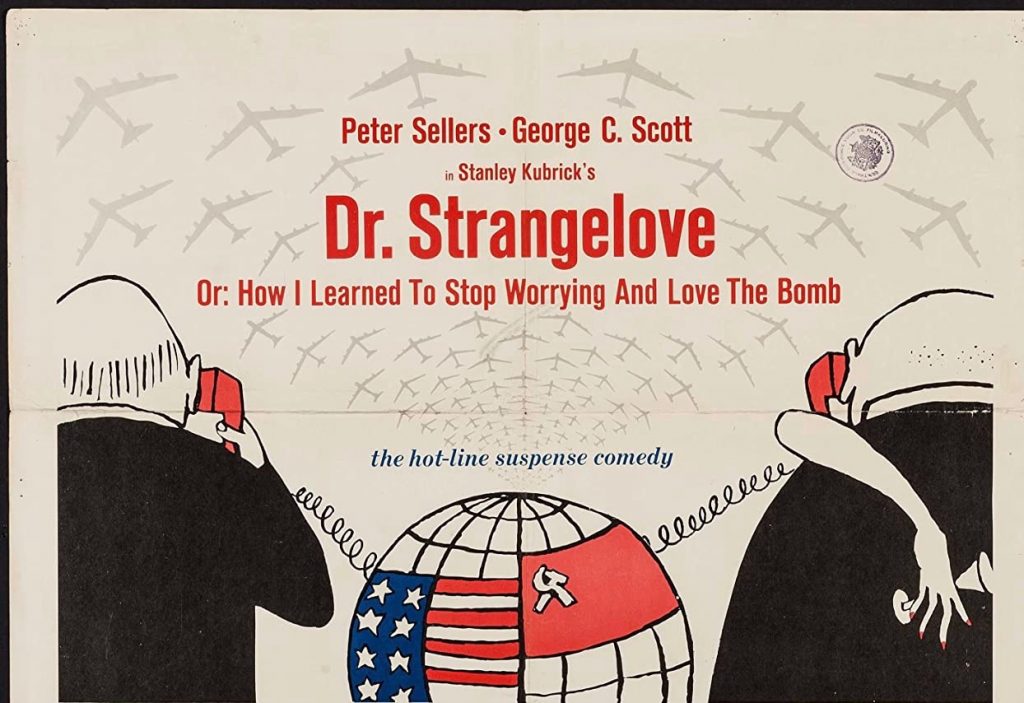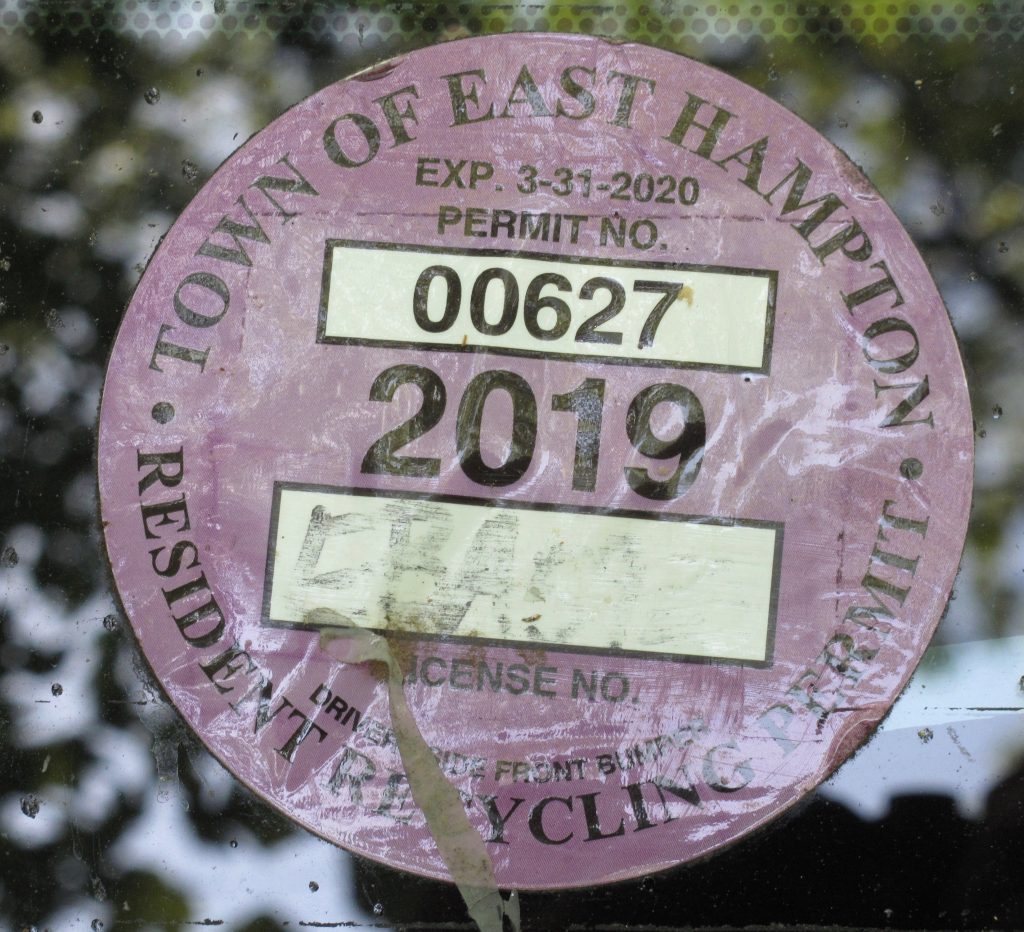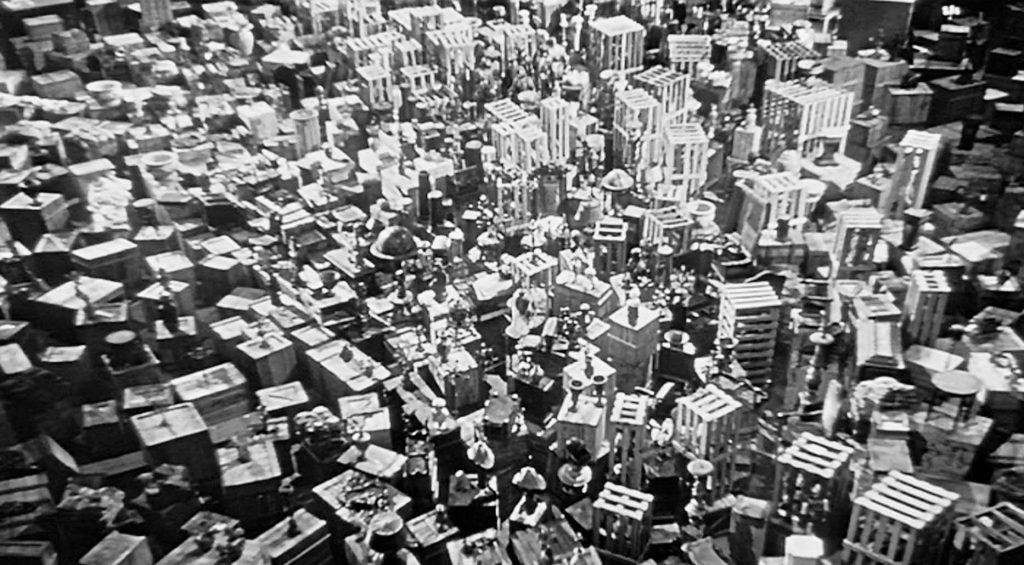
Saturday, July 18
It’s supposed to be hot and dry for the next several days. Limited Internet means I can’t check e-mail or my bank balance easily, nor is it easy to pay bills, so they may have to wait. I’m bringing capitalism to its knees one unpaid bill at a time. Some 25% of New York City residents are believed to be in arrears regarding their rent.
I have now read three Julian Symons mystery novels, each quite unlike the others. I enjoyed The Detling Secret best—a country house mystery set in the late 19th century—then, The Immaterial Murder Case and The Color of Murder. The last of these is a 1950s courtroom drama with an emphasis on psychology, “one of the most acclaimed British crime novels” of that decade, according to the introduction. The penultimate title is a contemporary art-world caper with a Ten-Little-Indians-like, closed circle cast of suspects. It has five sections, each narrated by a different one of these persons. The first, narrated by “the Innocent American,” is very droll, but other sections are sometimes dry and Just the Facts, Ma’am ponderous. I suspect that’s intentional.
I keep thinking I’ll read a Dickens—perhaps Our Mutual Friend or Hard Times. But I’m put off by the length of the novels and the sheer number of characters. Or maybe Mark Twain—Innocents Abroad or Life on the Mississippi. I dunno. Not long back I reread Huckleberry Finn and enjoyed it very much, but something keeps me from these other titles.
A very large number of free e-books are available from http://www.gutenberg.org. I have downloaded and read several Henry James novels: The Lesson of the Master, The Aspern Papers, and Italian Hours. All were quite interesting and not nearly as daunting as the James I have in print, including The Golden Bowl and The Wings of the Dove. Maybe I’ll seek out others in e-book format, when our Internet access improves.
Dinner: chicken salad with apples and walnuts, coleslaw
Entertainment: Final episodes of Netflix thriller London Spy.









